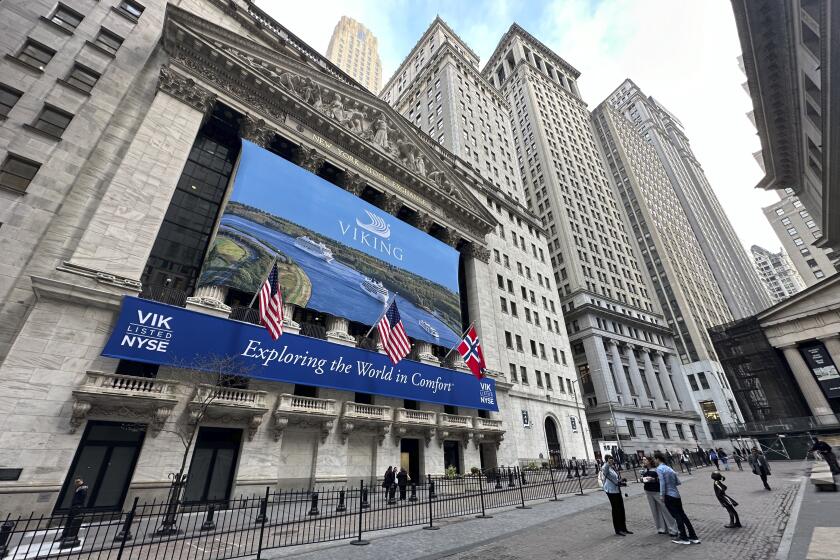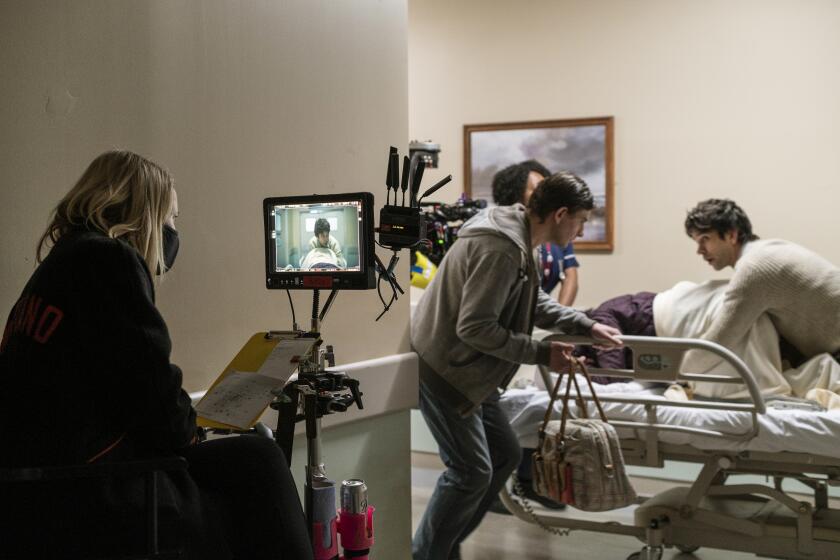Costly where it counts
Stuff is cheap. Really.
Yes, a gallon of gasoline is far more expensive than it was last year, but adjusted for inflation it costs about what it did in 1981. In fact, lots of things, such as clothing, electronics and restaurant meals, are, by historical standards, cheap.
In December 1978, ads in this newspaper listed a VCR at Sears for $795 -- more than $2,500 in today’s dollars. A basic five-cycle washing machine? Back then, $319.95, which translates to about $1,000. It’s cheaper now to enjoy an eight-day vacation in Honolulu. One local travel agency last week was selling that package for $750, airfare included, but in 1978 an ad in The Times offered it at the equivalent of $1,074.
So why do we feel so squeezed?
It’s the paradox of our new world order: Stuff is cheap, but the things that truly sustain us are not.
Globalization and efficiencies in distribution and retailing have cut production costs and consumer prices widely. Americans now spend about 10% of their income on food, down from 18% in 1958. But while prices have dropped for consumer items over time, so have real wages.
Average weekly earnings in the private sector in 2007 were 15% below the 1972 peak in real terms, according to the Bureau of Labor Statistics.
Along with falling wages, we’re paying more for benefits. Health insurance premiums rose 78% from 2002 to 2007, according to the Kaiser Family Foundation.
Retirement costs more as well. We spent 4% more on pensions and Social Security in 2005 than in 1990 in real terms, census figures show.
And we’re spending a lot more on education. Yearly total costs at some elite private colleges now exceed the U.S. median household income. Many public universities have steadily increased their prices too, and at UCLA, students shell out more for parking ($225 a quarter) and textbooks (more than $100 for a single tome in many classes) than generations of students paid for tuition at University of California campuses in the first half of the 20th century.
There’s another side to the paradox. As we earn less, we want more. In 1970, 36% of new homes were less than 1,200 square feet, the National Assn. of Home Builders reports. Today, 4% of new homes are that petite. One in 10 new houses was 2,400 square feet or more in 1970; 42% are that large now.
The want-more scenario is also the case with cars (which, interestingly, cost more even adjusted for inflation). A 2008, six-cylinder Honda Accord makes greater horsepower (268) than a 1990 Porsche 911 Carrera (247). The price of the Accord’s power is gas mileage (19 miles per gallon in the city) that’s not much better than that of the Porsche (16 mpg).
That’s our world today. Because it costs less to produce things and often costs less to buy them, many of us can easily afford items once considered luxurious. But things we once took for granted as affordable -- healthcare, education, a secure retirement -- cost us dearly and for many are out of reach.






